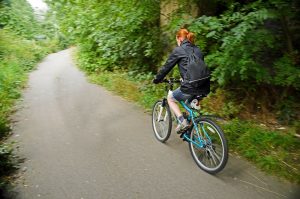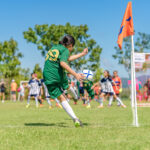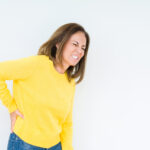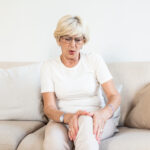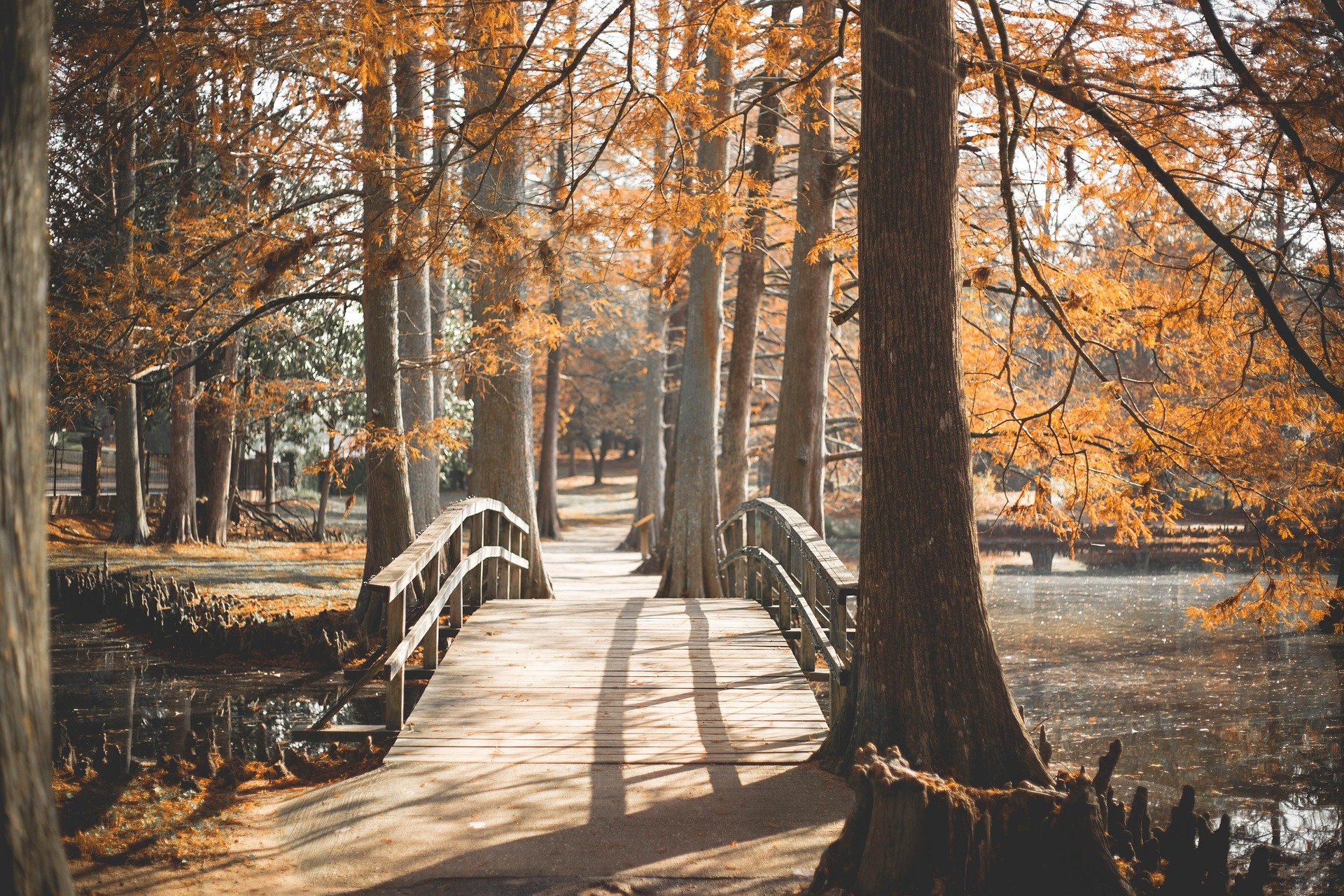
19 Nov Get Out and Stay Out: How to Stay Active, Outdoors, & Reduce Injury Risk (Even in Cold Weather)
One common factor has remained throughout the whole of 2020: being outside is better than being inside. The fresh air, the sunlight, the breeze, even the humidity…all of this makes for a safer environment around others than being indoors. We also saw people flocking to outdoor activity in record numbers! Suddenly, you couldn’t find bicycles in stores, and bike parts flew off the shelves (almost) faster than toilet paper. People who hadn’t run in years – or even decades – laced up to try a few laps at the local track or trail. Local and state parks offered a free admission period and were filled with people trying to escape the confinement of home for a walk, run, hike, ride, or time spent soaking up sun and fresh air.
We realized how much we need the great outdoors – for many reasons. Unfortunately, as people headed outside in droves to get active, more injuries were bound to (and did) occur. Those who hadn’t run in years were at prime risk for overuse injury – doing too much, too fast. After not owning a bike in years, rookie cyclists were just waiting for sore or strained muscles. People who were ordinarily sedentary suddenly hiking miles found themselves with aches and pains and, yes, injury.
We’ve written before about how getting outside – even for 20 minutes – can improve your mood and have positive effects on your mental health. Of course, staying active outside also has benefits: getting fit, feeling better, stress reduction, and better overall health. The important thing is to be able to stay healthy, enjoy the outdoors, and do it without ending up injured. Here are some ways to stay outside (yes, even in cold weather) and help avoid injury:
Wear the Right Gear for Your Activity: In the early spring, it was a common sight to see a brand new runner loping along a trail or road. How could you spot them? Typically, by the gear they wore – which more seasoned runners would avoid. For instance: thick cotton socks, old sneakers, heavy cotton sweatpants or sweatshirt, etc. Why would this be an issue? Cotton often causes chafing and blisters and poor footwear can present infinite problems: from blisters to gait issues and injury. Solution: Wear activity-specific clothing and shoes – which doesn’t have to be expensive. Clothes that wick sweat and keep you cool in summer, or warm in winter, can often be very affordable. For running, there are shoe options that can fit many budgets. Cyclists also have activity-specific clothing and shoes, especially depending on the type of bike you ride. Going to a specialty store is a great way to find out what works for your activity, and you specifically, by talking to the knowledgeable staff.
Dress for the Weather: “There’s no bad weather, only bad gear.” So goes the saying! While it may be windy, or cold, or even snowing, if you have the right clothing you can stay dry and (relatively) warm as temperatures drop. One simple rule to remember is start with a thin, synthetic base layer closest to your body, and dress in layers. Remember: you can always remove a layer while you’re out, but you can’t add any once you’ve left your house! For extra cold days, be sure your ears, fingers, and toes are well covered. 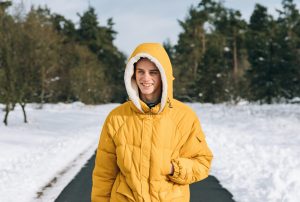
Don’t Overestimate Yourself: When you’re enjoying yourself it’s hard to put an end to the fun – especially if you think you can keep going. Remember, just because you can do something doesn’t mean you should. Overuse injuries are so common because people just overdo it. They run longer or harder, they bike farther, they hike more, they push past the point their bodies needed them to say “I’m done for today.” Try to have a reasonable assessment of your fitness, and then set reasonable goals. Your first run doesn’t need to be miles – it can be a block in your neighborhood. Your first bike ride doesn’t have to be the Tour de France. You can go out for 30 minutes. You don’t need to walk or hike the Appalachian trail, you can pick the shorter trail in your local park. By setting more reasonable goals, you’ll be able to stay active and reduce your injury risk. 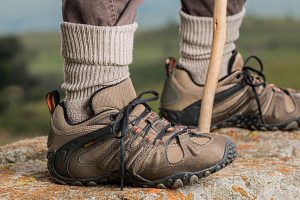
Don’t Ignore Pain: There’s a difference between discomfort and pain. You’ll experience discomfort when you exercise – because exercise is usually hard. Your heart will beat faster. You’ll breathe harder. Your legs may get a little tired. You may notice your shoulders are tense. You might get sweat in your eyes. That’s all discomfort. Pain is different. Pain may may slow you down, or it may stop you in your tracks. Pain may hit you every time you move a certain way, it may be constant, or it may get worse if you try to continue. Pain should not be ignored. If you have a sudden “moment” where you suspect injury: a fall, a sudden movement, an unusual position, resulting in pain, that’s a big warning sign. Pay attention to pain and stop your activity. If rest and basic treatment at home (ice, elevation) don’t help, seek professional care with a Physical Therapist.
Warm Up and Cool Down: As the weather gets colder, it’s even more important to warm up and cool down. Before you begin your outdoor activity, warm up with some light stretching and ease into your exercise. Start Once you’re done, cool down with some slow, easy stretching and a nice hot shower!
Start Small: If you’re just getting back to fitness, or trying to be more active, start small. You can even give yourself a time limit, like 30 minutes each time. One of the best ways to get outdoors – and get active – is as simple as taking a walk! You don’t have to powerwalk, or even walk very far. Taking a stroll around your neighborhood after work, or a lap around your office building during lunch, can be a great way to start getting more active outside.
If you’re struggling with activity, or having pain or problems from being active, physical therapy is ideal. Body One Physical Therapy works with clients of all ages and activity levels, and we’re ready to help you improve your health! We’re locally owned and operated, with three locations serving Central Indianapolis: North Indy/Carmel, Fishers, and Zionsville. Don’t wait to start living your best life, call or click today to find out how Body One can help get you back to feeling great.

